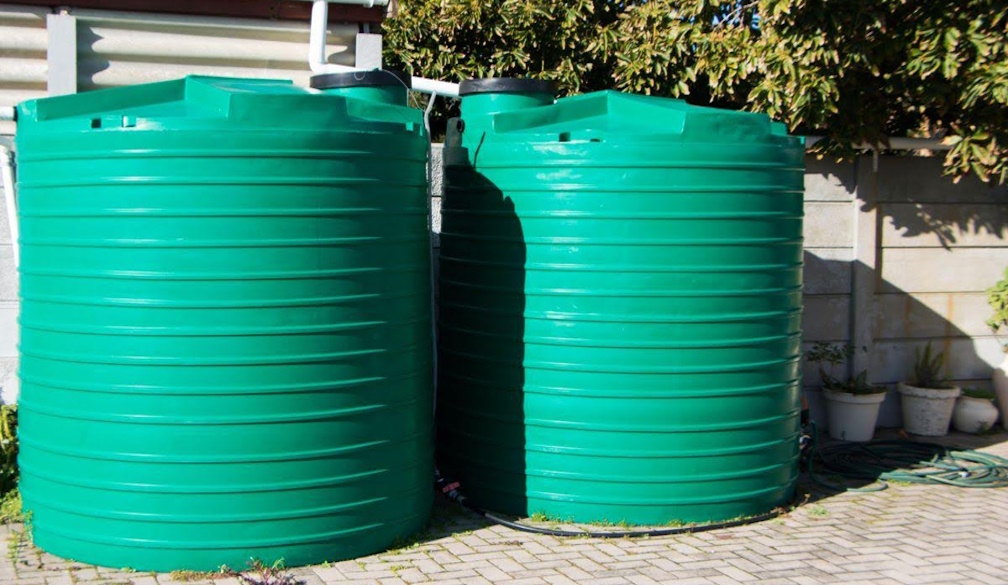From Eco to Eyesore – Brisbane's Water Tanks Are Due for Replacement

Way back in 2002, Brisbane City Council introduced a rebate scheme to encourage local homeowners to invest in rainwater tanks, in response to severe drought affecting southeast Queensland. The local government’s plan was for these rainwater tanks to reduce the reliance on the city’s water supply for decades to come.
Over twenty later, having fulfilled their purpose, these rainwater tanks are now looking a bit worse for wear. Some may be long overdue for replacement, while others may just require a bit of TLC.
How do you know if your rainwater tank needs to be replaced? And what can you do to increase the lifespan of your rainwater tank?
How Long Do Rainwater Tanks Last? What Is Their Regular Lifespan?
There’s actually no mandatory umbrella replacement date for rainwater tanks for a variety of reasons. You need to make sure they’re inspected regularly for things like cracks, leaks, and other signs of wear and tear like rusting or warping. If your tank is beyond repair or doesn’t suit your needs any longer, you should invest in a larger, or more efficient model.
There are a number of variables that can determine how long your rainwater tank functions properly. The biggest is the material it’s made of. Generally, rainwater tanks in Australia are made of polyethylene or steel. Polyethylene is a type of plastic that us UV treated, food safe, and not biodegradable, so that plastic doesn’t leech into the water over time. This also means your tank should have a lifespan between 10 to 30 years. Steel water tanks are more durable than their plastic counterparts and can last over 30 years if they are properly maintained.
Other factors that contribute to the lifespan of your rainwater tank include where you live, where you keep the tank, and how the tank is used. If you live by the sea, the salt air can speed up corrosion, while the sun can lead to degradation of the plastic. Where it sits on your property can also decrease the life of your tank. If you keep it in an area where water pools, this can affect the base of your tank. Finally, if you only use your tank for clean fresh water, it’ll last longer.
What Kind of Maintenance Do They Require?
Rainwater tanks require regular maintenance. You could choose to do this yourself or contact a knowledgeable plumber. Make sure you check the gutters, screens, and downpipes attached to the rainwater tank and empty them of any debris. Check your first flush device and the flow restrictor every 6 months or so to make sure they’re functioning as they should. Regularly clean the tank inlet screen to keep it free from dirt, leaves, and insects. And finally, if your tank has a mains switching device and pump, this needs to be regularly monitored. Salmon Plumbing has professionals that can help you with all of this. If you find you need to replace your rainwater tank and install a new one, Salmon Plumbing has a range of options to suit any home.









